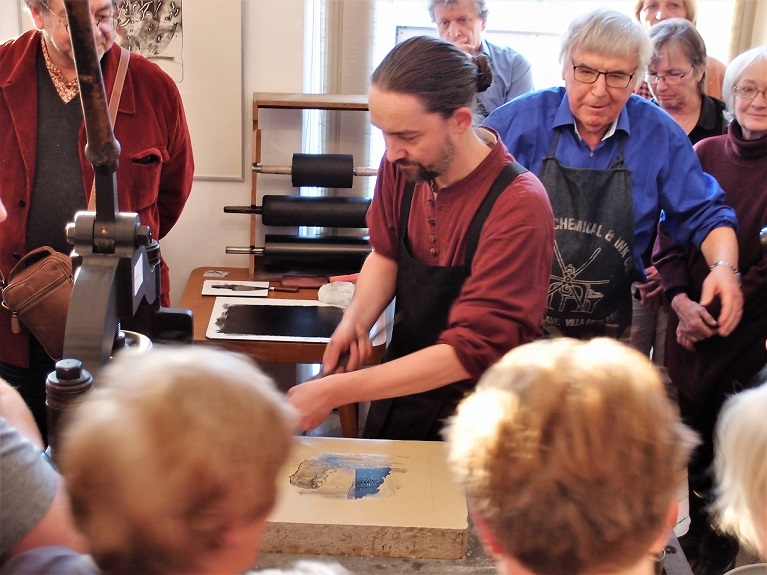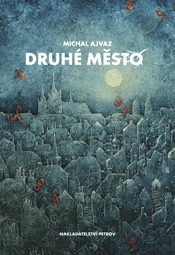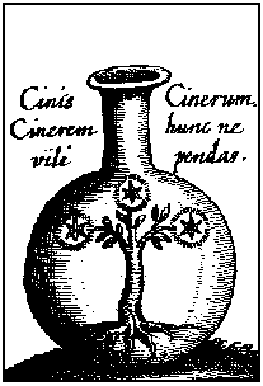This post is a contribution towards the Magic Realism Bloghop 2015 I am organizing on Magic Realism Book Blog. About twenty blogs are taking part and you can find a list of these at the bottom of this post.
Last weekend I was travelling back from my home in South Bohemia to my other home in England, when I stopped in Prague overnight. Prague - the city of Kafka's birth and life - is very different now from the one he knew, loved and hated. And yet it is possible to retrace his steps in the city and perhaps get a feel for what made the young Kafka one of the world's greatest magic realist writers.
My first stop was the Franz Kafka Museum in Mala Strana on the west bank of the Vltava. The place was very busy and it was hard at times to concentrate on the exhibits. I suggest you go on a weekday. To be honest there is not much of Kafka to see there, except his writings, photographs of Kafka, his family and sweethearts, and photographs and videos of Prague at the time. The exhibition text and images are reprinted in the short book The City of K: Franz Kafka and Prague which you can buy in the museum shop. But the book and the exhibition set the scene well and helped inform my subsequent explorations.
Kafka's childhood was restricted to a small area in the Old Town of Prague across the river from Mala Strana. He was born at what is now Namesti Franze Kafky 3, on the edge of the old Jewish ghetto. Only the doorway remains of the original house. The majority of his childhood years were spent at Dum U Minuty, a late Gothic house with Renaissance frescoes on the Old Town Square. He recounts the dread he felt in his journey from his home across the square, through Tynska Street to Masna Street and the German elementary school there. The little boy would cling to shop doorways and pillars on the way, with the family's Czech cook threatening him and abusing him. In 1893 a ten-year old Franz Kafka graduated to the Grammar School which was located in the Kinsky Palace on the Old Town Square - it is now part of the National Gallery.
Other buildings in the Old Town Square featured in Kafka's life. His father had a haberdashery shop there. At number 16 Kafka had one of his first jobs, whilst next door was home of the Fanta family, which hosted intellectual gatherings that Kafka attended. Then there are a number of sites in the vicinity of the Square: on Ovocny trh Kafka studied law from 1901 to 1906 and he stayed for nine years in an apartment in Celetna 3 (U Tri Kealu) - it was there that he first experimented with writing.
Kafka's Prague had three distinct ethnic groups - the Czechs, the Germans and the Jews. Kafka was a German-speaking Jew. The old ghetto may have been torn down and replaced with new impressive Art Nouveau buildings, but as Kafka said, "In us all it [the old Jewish ghetto] still lives - the dark corners, the secret alleys, shuttered windows, squalid courtyards, rowdy pubs, and sinister inns... The unhealthy old Jewish town within us is far more real than the new hygienic town around us. With our eyes open we walk through a dream: ourselves only a ghost of a vanished age." (Conversations with Kafka by Gustav Janouch). For a while Kafka lived in the area at Parizska 26, sadly now demolished, and it was there that he wrote The Metamorphosis. Close by on the junction of Dusni and Vezenska Streets, you will find the 2003 sculpture (shown above) by Jaroslav Rona.The small Kafka on the shoulders of a headless giant is an image from the story Description of a Struggle but the giant is walking on a cobble mosaic depicting a beetle or cockroach. Also on Vezenska (no. 11) you will find the former Cafe Savoy, where Kafka attended the performances of Yiddish theatre that were very influentual on his writing, most notably on The Metamorphosis.
For other influences you can walk to 19 Wenceslas Square (the offices of Assicurazioni Generali) or Na Porici 7 (Workers' Accident Insurance Institute for the Kingdom of Bohemia) in Mala Strana to see the buildings where Kafka worked as a bureaucrat and lawyer.
He wrote in a letter:
"Writing and the office cannot be reconciled" and yet he could not escape the den of bureaucrats
. His work at Workers' Accident took a particular toll but fed into his writings - he saw at first hand the consequences of dehumanizing mechanization and bureaucracy in the terrible industrial accidents that proliferated at this time.
The final spot on any Kafka trail is in the suburb of Zizkov. It is his grave in the New Jewish Cemetery. He died on June 3 1924. The cemetery is a strange spot much removed from the bustle of central Prague where Kafka lived. The cemetery has a poignant air. As you walk to the grave, which is signposted from the entrance, you pass plaques on the wall to those who died in the concentration camps. Among the Nazis' victims were Kafka's sisters and many of his friends. Had Kafka not died of TB he would probably have been another name on the list of writers killed in the camps on the wall a few metres from his grave. Kafka's Prague only survived him by fifteen years.







![By High Contrast (Own work) [CC BY 3.0 de (http://creativecommons.org/licenses/by/3.0/de/deed.en)], via Wikimedia Commons.](https://upload.wikimedia.org/wikipedia/commons/thumb/7/7d/Bus_in_Prague%2C_near_the_main_train_station.jpg/512px-Bus_in_Prague%2C_near_the_main_train_station.jpg)


















